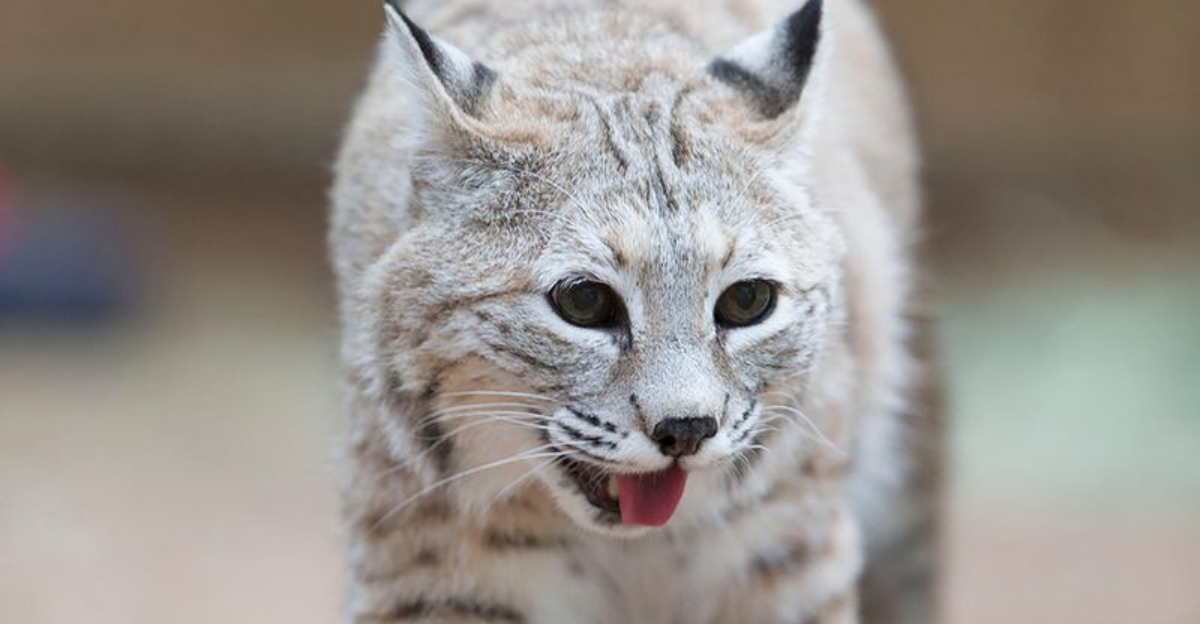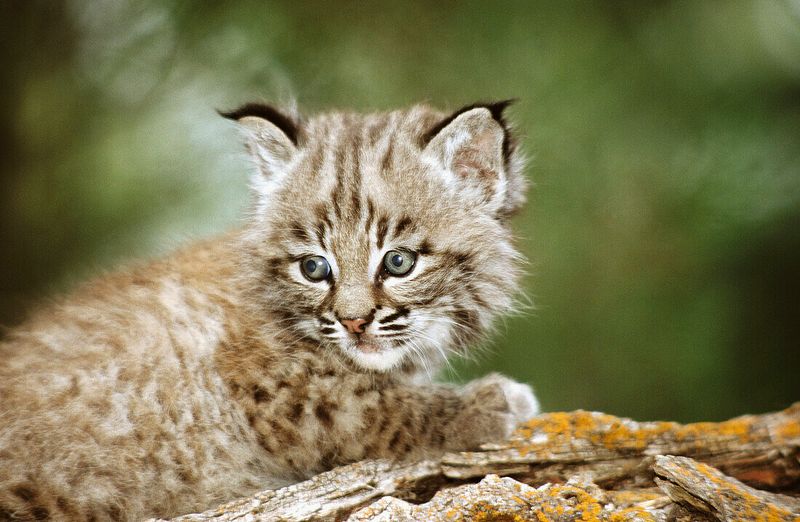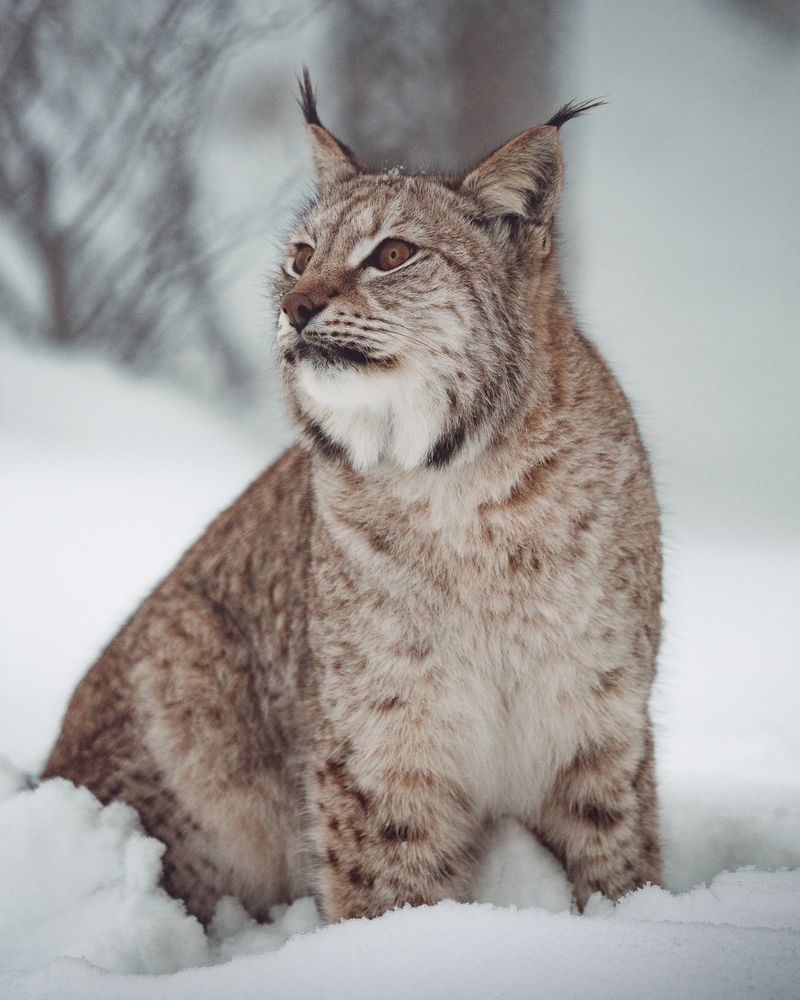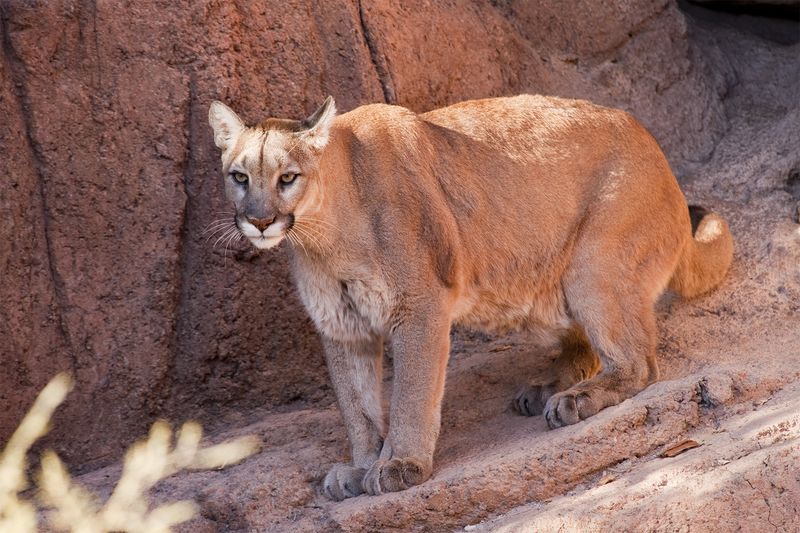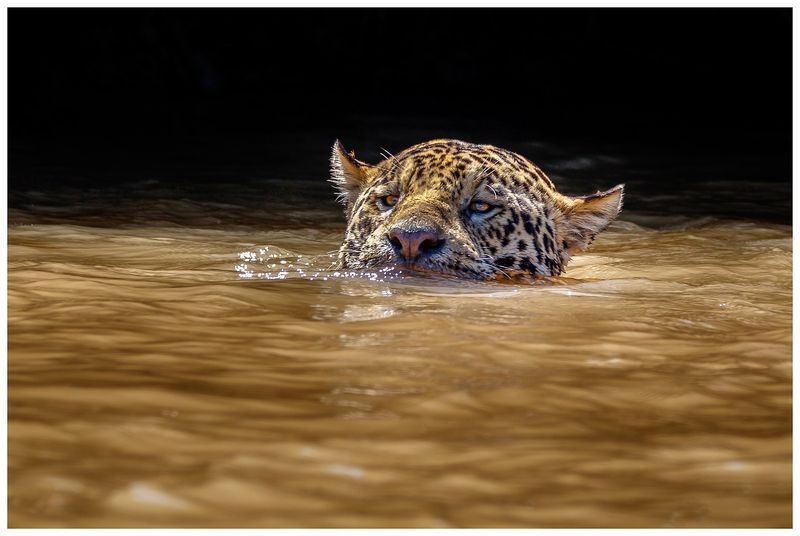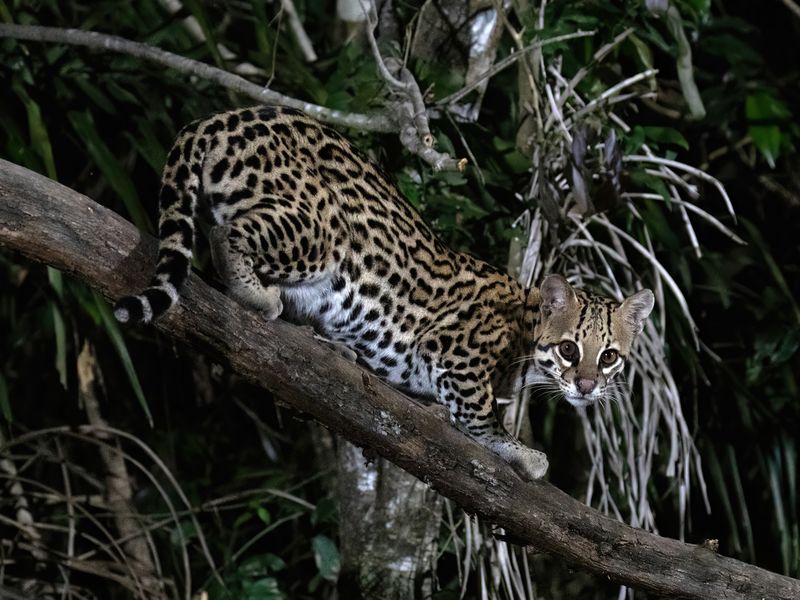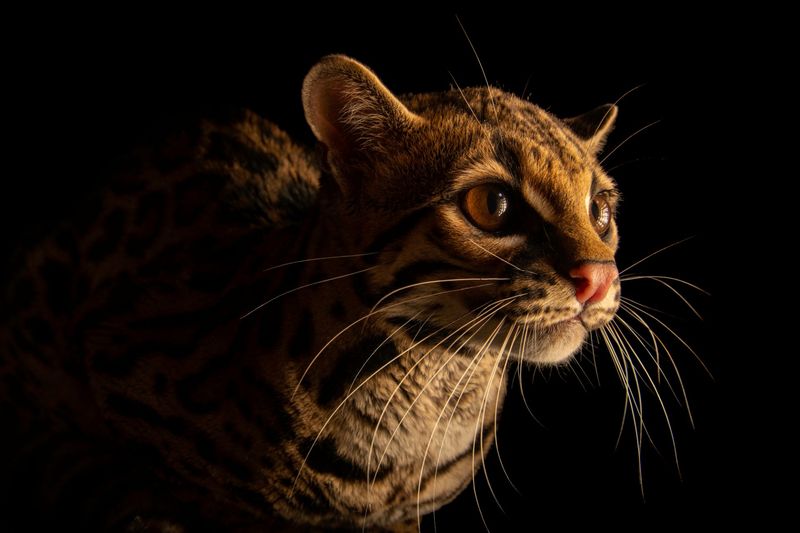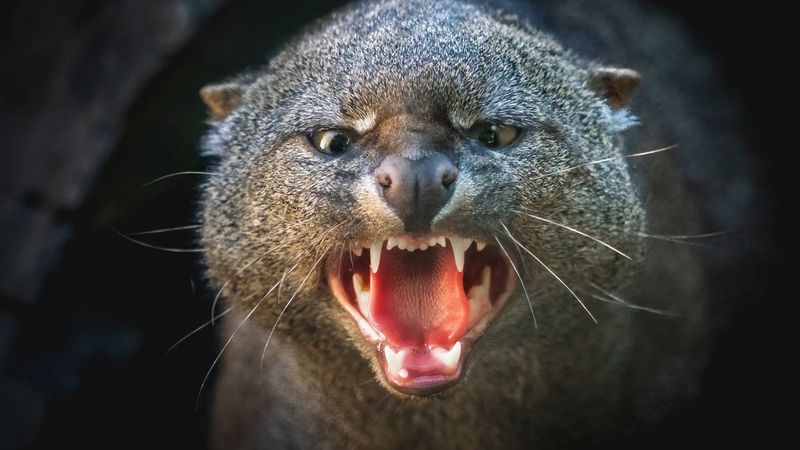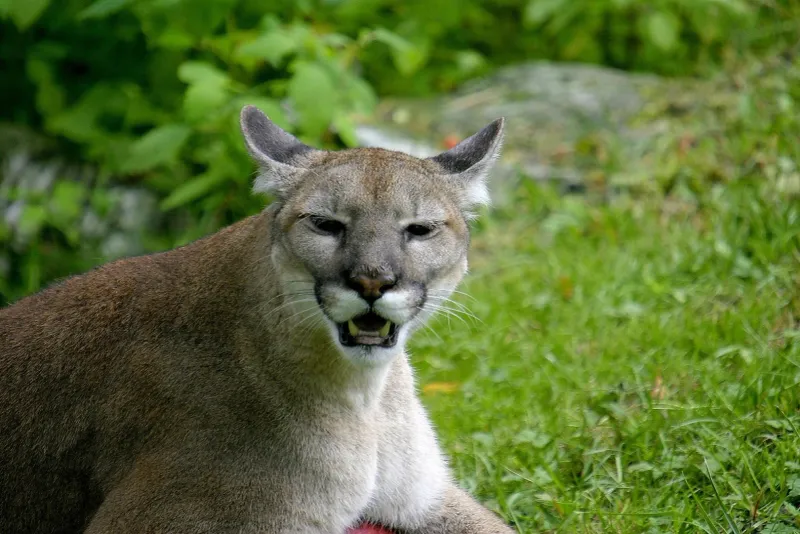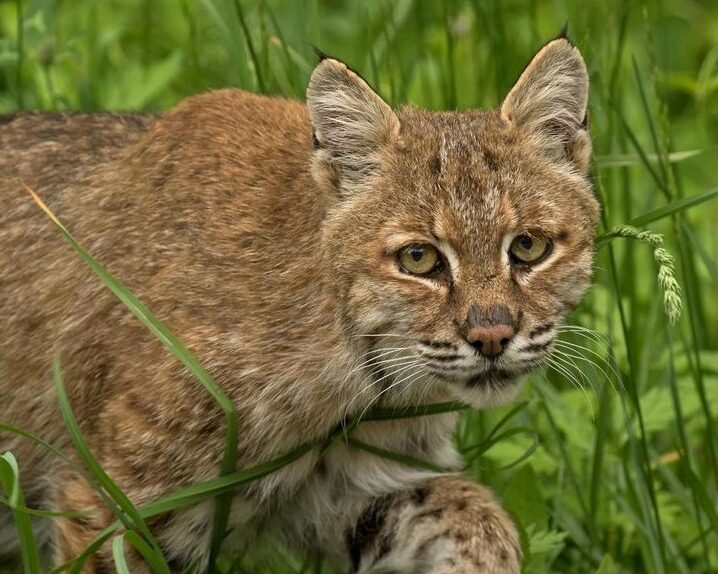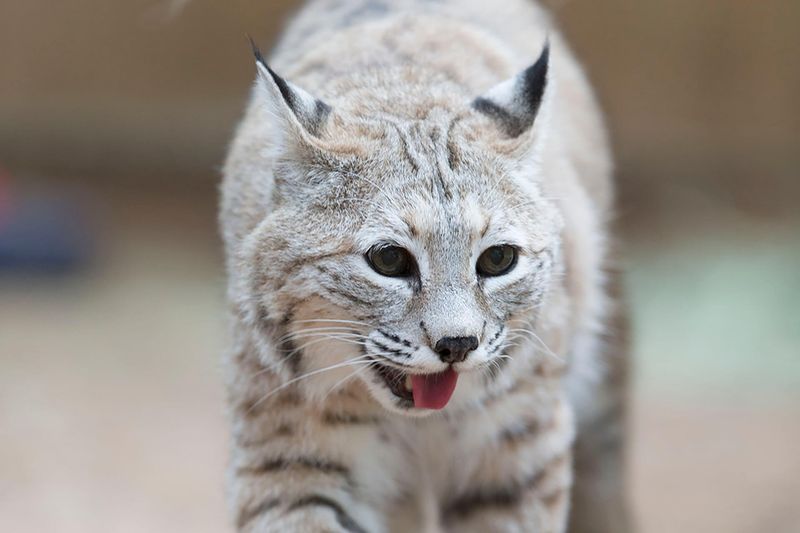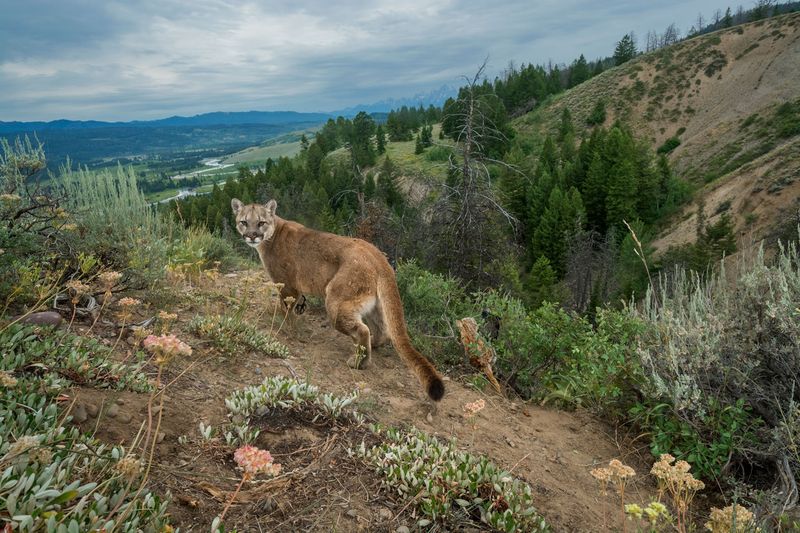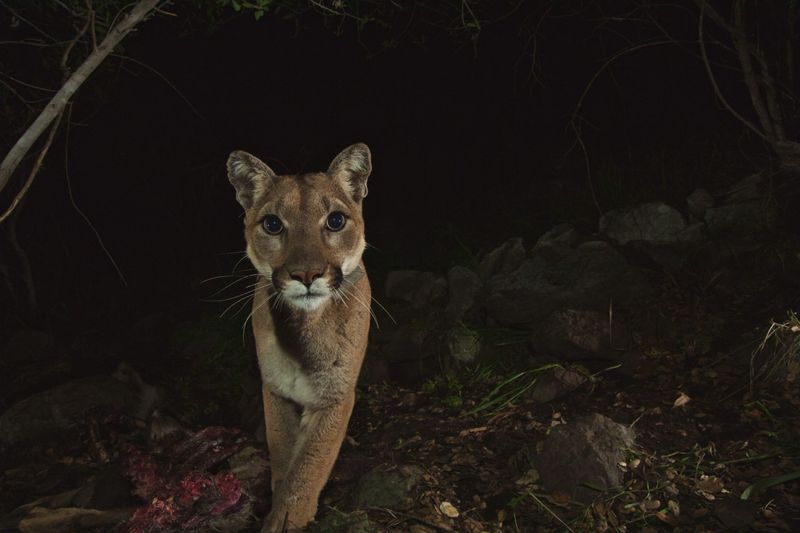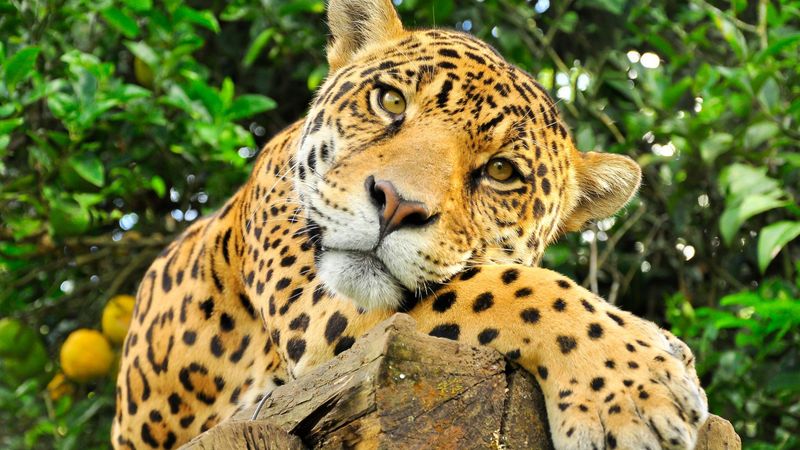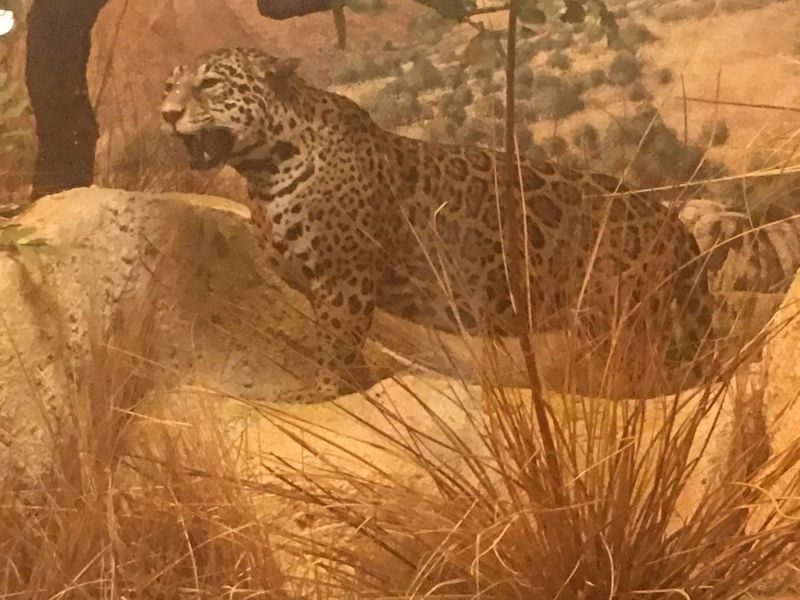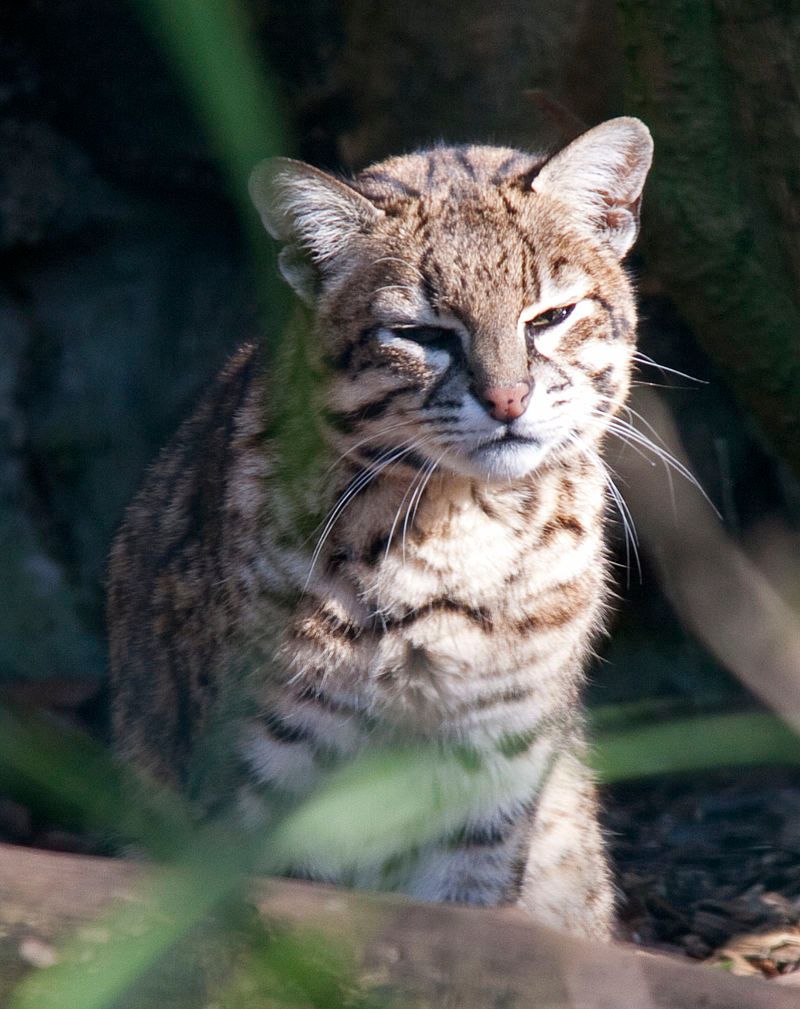📖 Table of Content:
- 1. Bobcat (Lynx rufus)
- 2. Canada Lynx (Lynx canadensis)
- 3. Cougar (Puma concolor)
- 4. Jaguar (Panthera onca)
- 5. Ocelot (Leopardus pardalis)
- 6. Margay (Leopardus wiedii)
- 7. Jaguarundi (Herpailurus yagouaroundi)
- 8. Florida Panther (Puma concolor coryi)
- 9. Mexican Bobcat (Lynx rufus escuinapae)
- 10. Desert Bobcat (Lynx rufus baileyi)
- 11. Eastern Cougar (Puma concolor cougar)
- 12. Northwestern Cougar (Puma concolor oregonensis)
- 13. Yucatán Jaguar (Panthera onca hernandesii)
- 14. Sonoran Jaguar (Panthera onca arizonensis)
- 15. Geoffroy’s Cat
North America’s diverse landscapes provide the perfect habitat for a wide variety of wild cats, each uniquely adapted to its environment. From the agile bobcat of the forests to the powerful jaguar of the southern borderlands, these felines have evolved to become skilled hunters and survivors. Their keen senses, stealthy movements, and territorial instincts make them formidable predators in the wild. While their beauty and majesty are captivating, their independent nature sets them apart from domestic cats. These animals are built for the wild, not for human companionship.
Despite their allure, wild cats are not suited for life as pets due to their strong natural instincts and need for vast territories. Unlike domestic cats, which have been bred for generations to live alongside humans, these felines remain untamed and unpredictable. Their territorial behaviors can lead to aggression, making them dangerous in captivity. Additionally, their specialized diets and high energy levels make caring for them nearly impossible for the average person. Laws and conservation efforts also protect many of these species, further emphasizing that they belong in the wild.
From the well-known cougar to the rare ocelot, each species plays a vital role in maintaining the ecosystem. By understanding their natural behaviors and habitat needs, we can better appreciate them from a safe distance. Supporting conservation efforts and protecting their natural environments ensures these incredible creatures continue to thrive in the wild. True admiration comes not from ownership, but from respecting their rightful place in nature.
1. Bobcat (Lynx rufus)
Known for its adaptability, the bobcat thrives in diverse environments, from dense forests to arid deserts, and even near urban areas. These solitary and highly territorial predators mark their ranges with scent and scratch marks, ensuring dominance over their habitat. Despite their ability to coexist near human settlements, bobcats remain elusive and fiercely independent. Their strong predatory instincts make them unsuitable for domestication, as attempts to tame them often result in aggression and unpredictable behavior. With a need for vast territories and a natural wariness of humans, these wild cats are best admired from a distance, where they can continue to thrive in their natural environment.
2. Canada Lynx (Lynx canadensis)
The Canada Lynx is a master of the northern forests, with its large paws acting like snowshoes for deep snow. This feline is highly dependent on snowshoe hares for survival, a primary food source in its icy habitat. Found in dense forests, the Canada Lynx has thick fur and tufted ears, helping it blend into its surroundings. Despite their beauty, these cats are solitary and elusive, avoiding human contact. Captivity disrupts their natural behaviors, leading to stress and aggression. Their specialized diet and large territorial needs make them ill-suited for domestication.
3. Cougar (Puma concolor)
Also known as mountain lions or pumas, are the largest wild cats in North America. These powerful predators can take down prey as large as deer with ease. Solitary by nature, cougars are extremely territorial, often covering vast distances in their range. Their adaptability allows them to thrive in diverse environments, from mountains to deserts. However, their size and strength pose significant risks if attempts are made to tame them. Cougars require vast, undisturbed territories, and their wild instincts are not compatible with domestic life. Efforts to keep them as pets often end in disaster.
4. Jaguar (Panthera onca)
Historically found in the southern United States, jaguars are now mostly seen in Mexico and Central America. As the largest cats in the Americas, their powerful bite is unmatched. Jaguars are solitary creatures, often hunting alone and preferring dense forests. Their striking spotted coats allow them to blend seamlessly into their jungle habitats. Unfortunately, their size and strength make them unsuitable for domestication. Jaguars require expansive territories and specialized diets, making captivity oppressive. Attempts to tame such a formidable predator often result in significant danger to humans.
5. Ocelot (Leopardus pardalis)
These small to medium-sized cats native to the southwestern United States and Central America. These nocturnal hunters are excellent climbers, often seen navigating the trees in search of prey. Their beautiful spotted coats make them highly elusive, requiring large territories to thrive. Despite their small size, ocelots are fierce predators with strong territorial instincts. Captivity often leads to stress and behavioral issues, as their natural hunting and roaming instincts are suppressed. These challenges, along with legal protections, make them poor candidates for domestication. Admiring them in the wild is the best approach.
6. Margay (Leopardus wiedii)
Similar to ocelots, but smaller and more arboreal, the margay cats are inhabitants of dense forests in Mexico. These rare cats have incredible climbing abilities, often seen leaping between trees with agility. Their survival depends on lush, undisturbed habitats filled with prey. The margay’s elusive nature and solitary lifestyle make them particularly challenging to observe in the wild. Domestication is not feasible, as their arboreal adaptations and need for expansive territories cannot be replicated in captivity. Efforts to confine them often result in stress and health issues, highlighting the importance of preserving their natural environment.
7. Jaguarundi (Herpailurus yagouaroundi)
The Jaguarundi stands out with its weasel-like body and elongated form. Found in Mexico and occasionally in southern Texas, these cats are secretive, often avoiding human presence. Their habitats range from savannas to dense forests. Despite their unique appearance, jaguarundis are adept hunters, navigating diverse terrains with ease. Domestication poses significant challenges due to their secretive nature and territorial instincts. Captivity often leads to stress and behavioral issues, making them unsuitable as pets. Their adaptability in the wild contrasts sharply with their inability to thrive in confined spaces.
8. Florida Panther (Puma concolor coryi)
This critically endangered subspecies of the cougar is found exclusively in the swamps and forests of Florida. With their sleek bodies and striking features, they stand as a powerful symbol of the state’s rich natural heritage. However, their survival is threatened by inbreeding and habitat loss, making conservation efforts essential. These elusive cats require vast, undisturbed territories to hunt and roam, and their inherently wild nature makes them unsuitable for captivity. Attempts to tame them are unsuccessful, as their instincts and environmental needs remain deeply ingrained. Protecting their habitat is vital to ensuring their continued existence in the wild.
9. Mexican Bobcat (Lynx rufus escuinapae)
Slightly smaller and lighter in color than its northern counterparts, this wild feline has evolved to survive in harsh desert environments. Like other bobcats, it is highly territorial and solitary, using scent markings to define its range. Its adaptability and strong hunting instincts make it a formidable predator but also unsuitable for domestication. In captivity, these bobcats often display stress and aggression, as their wild nature cannot be tamed. Protecting their natural habitats is essential to ensuring their survival for future generations.
10. Desert Bobcat (Lynx rufus baileyi)
Adapted to the arid climates of the southwestern United States and northern Mexico, the Desert Bobcat is a resilient subspecies. Their dusty coats and short tails blend seamlessly into the rocky desert landscapes they call home. These bobcats are solitary hunters, requiring large territories to find food and mates. Captivity often leads to stress, as their natural instincts to roam and hunt are suppressed. Domestication is not feasible, as their territorial nature and need for space cannot be fulfilled in confined environments. Observing them in their natural habitat offers the best experience.
11. Eastern Cougar (Puma concolor cougar)
The Eastern Cougar once roamed the forests of the eastern United States but was declared extinct in 2011. Occasional sightings are reported, though unverified, sparking debate about their existence. These cougars played a crucial role in maintaining the balance of their ecosystems, controlling prey populations. Despite their extinction, they remain a symbol of the wild east. Attempts to domesticate these majestic animals have failed, as their large territorial needs and predatory instincts are not suited to captivity. Remembering their legacy highlights the importance of conservation and habitat preservation.
12. Northwestern Cougar (Puma concolor oregonensis)
Roaming the dense forests and rugged mountains of the Pacific Northwest, the Northwestern Cougar is a formidable predator built for the wild. As a variation of the mountain lion, it is known for traveling vast distances across complex terrains in search of food. Its adaptability allows it to thrive in a range of environments, but its natural instincts make domestication impossible. Captivity cannot replicate the large territories these cougars require or suppress their innate predatory behaviors. Their presence is essential to maintaining ecological balance, highlighting the importance of conservation efforts to protect both the species and its habitat.
13. Yucatán Jaguar (Panthera onca hernandesii)
A subspecies found in the Yucatán Peninsula and southern Mexico thrives in dense tropical forests. Though rare in North America, their historical presence is well-documented. These majestic cats are solitary and powerful, demanding large territories to hunt and live freely. Domestication is not feasible, as their size and strength pose significant challenges. Captivity often leads to stress and health issues, further emphasizing the need for conservation efforts. Protecting their natural habitats ensures the survival of this iconic species for future generations to appreciate their beauty.
14. Sonoran Jaguar (Panthera onca arizonensis)
Occasionally spotted in Arizona and New Mexico, the Sonoran Jaguar represents one of the only wild jaguar populations in the United States. These elusive cats are under threat due to habitat destruction and require expansive territories to thrive. Their striking appearance and powerful build are awe-inspiring, but domestication is not an option. Jaguars possess natural instincts that are incompatible with captivity, often leading to aggression and distress. Efforts to preserve their habitats and reduce human encroachment are vital to their survival, ensuring these iconic animals remain a part of our natural heritage.
15. Geoffroy’s Cat
Native to the wetlands and grasslands of North America, this wildling is renowned for its striking yellow-brown coat adorned with black spots and stripes. This agile hunter is perfectly adapted to its environment, utilizing stealth and speed to catch its prey. In the wild, Geoffroy’s Cat is a solitary creature, often seen stalking through the reeds and grasses of its habitat. Its independent nature and specialized needs make it a challenging candidate for domestication. While their exotic appearance may attract attention, Geoffroy’s Cats require freedom and space to thrive. Attempts to keep them as pets often result in stress and behavioral issues, emphasizing the importance of respecting their wild instincts.
